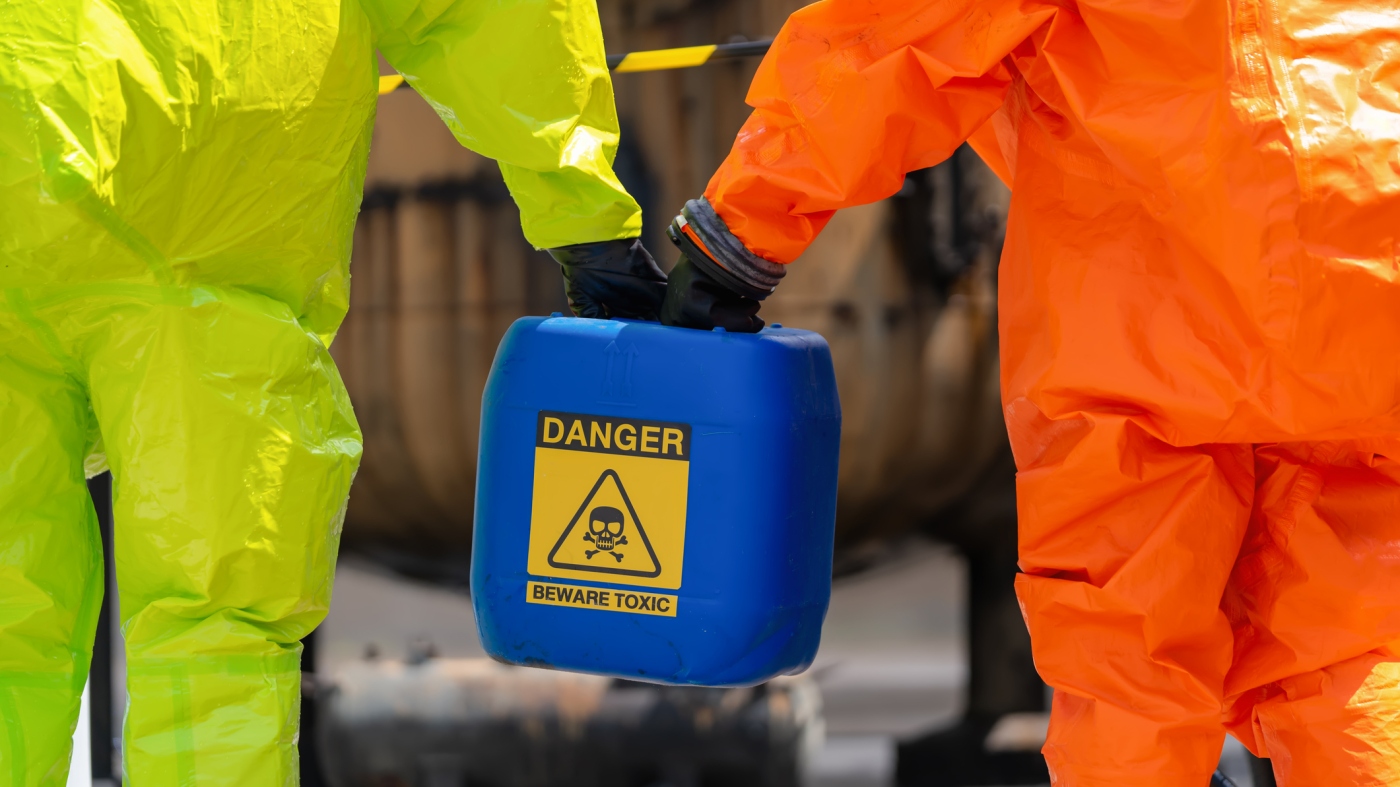Food safety experts have warned against relying on the ‘sniff test’ to check if food is safe to eat.
It may smell and look fine despite being teeming with harmful and even potentially deadly bacteria, according to a new alert by the Food Standards Agency (FSA).
The warning comes as a survey commissioned by the body found that around three quarters of people in the UK use a sniff test to check if milk and yoghurt are safe to eat, while two thirds do the same for fish.
‘The “sniff test” is not an appropriate method for testing whether the food is safe to eat or cook with,’ read the FSA alert.
‘This is because food can look and smell fine even after the use-by date has passed, but the product will not be safe to eat and could cause food poisoning due to harmful bacteria which we cannot see or smell.’
The report also highlighted other alarming food hygiene mistakes that home cooks are regularly making.
Around two thirds of respondents to the survey said they’d eat yoghurt, milk or cooked meats that were past their use-by dates.
Meanwhile, nearly 40 per cent said they’d wash raw chicken when preparing it.
Official guidelines state food should not be eaten after its ‘Use-By’ date, but experts say that since these dates have a built-in safety margin, this is too rigid
‘Doing this can splash harmful bacteria onto your hands, work surfaces, ready-to-eat foods, and cooking equipment,’ the FSA warned.
Some of the more positive findings in the report showed that 94 per cent of respondents would never eat sausages when they are pink or have pink juices.
The majority of respondents reported that they always check use-by dates before they cook or prepare food.
Use by dates indicate the last date food is considered safe to eat, while ‘best before’ dates relate to food quality, and tell you when the food is at its peak flavour and texture.
A product may still be safe to eat after the best before date has expired.
The findings follow a shocking Government report detailing the alarming extent of food poisoning outbreaks in the UK over the last year.
This included a wave of deadly E.coli linked to contaminated supermarket sandwiches that killed two, hospitalised more than 100 and sickened nearly 300.
Experts warned that the lettuce in the lunch staple was to blame, as it had likely come into contact with harmful bacteria in water tainted with infected animal faeces.

Experts have said that leftovers should be stored in the top section of the fridge away from the fresh meat.
The specific strain of E.coli responsible for the outbreak is known to trigger bloody diarrhoea as well as a potentially deadly kidney condition called severe haemolytic uraemic syndrome.
According to 2022 figures published by the FSA, there are around 2.4million cases of food poisoning in the UK every year.
This is more than double the 2009 estimate of approximately one million.
While most people will suffer a mild illness that resolves in a few days, some can become seriously unwell, requiring hospital treatment.
In the most vulnerable, such as pregnant women and people with underlying illnesses, food-borne bacteria like E.coli, salmonella and listeria can be deadly.
Hospital admission for salmonella infections reached 1,468 between 2022 and 2023, NHS data shows, a rate of three admissions for every 100,000 people, an all-time high.
According to the FSA, 37 per cent of food poisoning cases can be attributed to eating out, takeaways 26 per cent and supermarket lettuce around 30 per cent.






